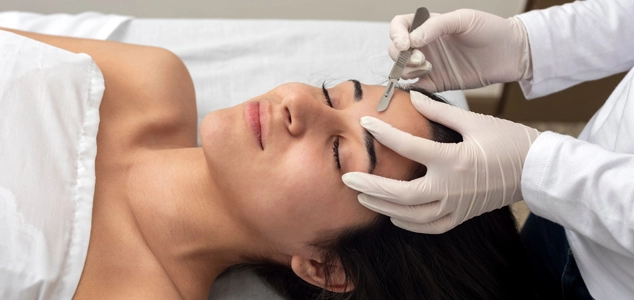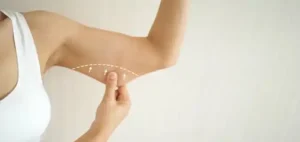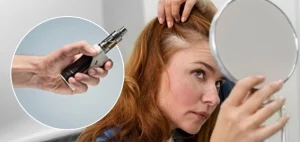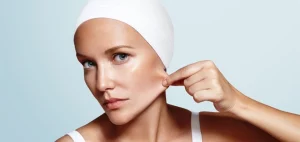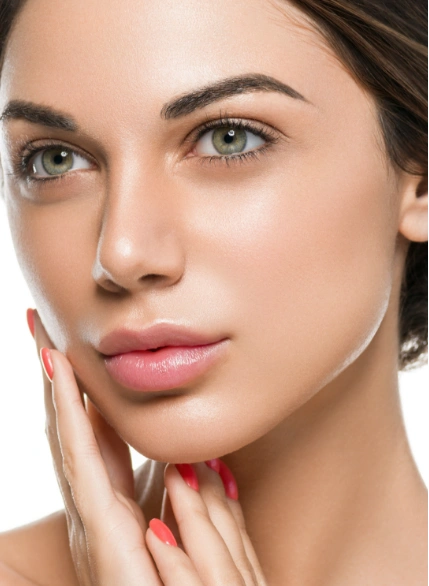If you’ve come across the term “Dermaplaning” and are wondering what is Dermaplaning? – this blog is here to provide you with a comprehensive guide.
Dermaplaning uses a specialized tool to gently scrape off dead skin cells and fine facial hair, resulting in smoother, brighter skin. It’s a popular cosmetic procedure, often combined with facials to enhance skin texture and appearance.
What is Dermaplaning?
Dermaplaning is a gentle cosmetic treatment that utilizes a special tool to gently scrape off the top layer of your skin. This helps reduce the look of acne scars and other imperfections by revealing newer skin underneath, making you look younger. Some people also use it for temporary hair removal. It’s usually done on the face, but it can also be done on other parts of the body.
Dermaplaning vs Dermabrasion vs Microdermabrasion:
What’s the difference?
Dermaplaning, dermabrasion and microdermabrasion are all cosmetic treatments, but they all work differently.
While Dermaplaning involves using a surgical scalpel to scrape off dead skin cells and peach fuzz; Dermabrasion is a more intensive procedure that sands away the outer layer of the skin, often used for scars or wrinkles. Lastly, Microdermabrasion is a comparatively milder treatment that uses tiny exfoliating crystals to improve skin texture and appearance.
Benefits of Dermaplaning
- Exfoliation: By removing the outer layer of dead skin cells, Dermaplaning promotes smoother and softer skin texture.
- Brighter complexion: The exfoliation process can reveal fresh, new skin cells, leading to a much brighter and radiant complexion.
- Reduction of fine lines and wrinkles: Dermaplaning can help minimize the appearance of fine lines and wrinkles by promoting collagen production and improving skin elasticity.
- Improvement of skincare product absorption: With the removal of dead skin cells and peach fuzz, skincare products can penetrate more effectively into the skin, enhancing their efficacy.
- Diminished appearance of acne scars: By gently exfoliating the skin’s surface, Dermaplaning can reduce the visibility of acne scars and other superficial imperfections.
- Temporary hair removal: In addition to its exfoliating benefits, Dermaplaning can also remove fine vellus hair, commonly known as peach fuzz, providing a smoother makeup application and overall appearance.
Is Dermaplaning the Same as Shaving?
Facial Dermaplaning involves carefully removing the top layer of skin, primarily the upper epidermis, for exfoliation purposes. This procedure, often combined with facials, utilizes tools like a no.10 scalpel blade or a dermatome, unlike shaving methods that focus solely on hair removal. Unlike shaving, Dermaplaning aims to exfoliate rather than cut hair at the skin’s surface, and its tools allow for a smoother removal of fine facial hairs, known as peach fuzz.
Dermaplaning Procedure
Dermaplaning is typically performed without general anesthesia, although your healthcare provider may apply a numbing cream or spray to your face around 30 minutes before the procedure.
While you may experience a slight scratching or stinging sensation during the process, Dermaplaning is generally not painful. Using a tool called a dermatome, resembling an electric razor, your provider gently removes hair and skin cells by moving a small blade across your skin without making cuts.
Following the procedure, they may apply a soothing gel or ointment to help you get rid of any redness, swelling, or irritation. The duration of the treatment can vary from a few minutes to up to an hour and a half, depending on the size of the treatment area.
Conclusion
Do you have unwanted hair on your face? Do you get troubled by them? – If the answer is yes and yes, you should schedule a consultation with our leading aesthetician at Syra Aesthetics, Dr Syra.
Located in NYC, Syra Aesthetics is the premium medusa, offering the best cosmetic treatments that can help you get rid of facial hair intantly.

About The Author
Dr. Syra Hanif M.D.
Board Certified Primary Care Physician
Dr. Hanif is the Director of Aesthetic Medicine. She is a board-certified physician in Aesthetic Medicine who specializes in using non-surgical alternatives in order to enhance one's appearance through Botox and fillers.
Read More




